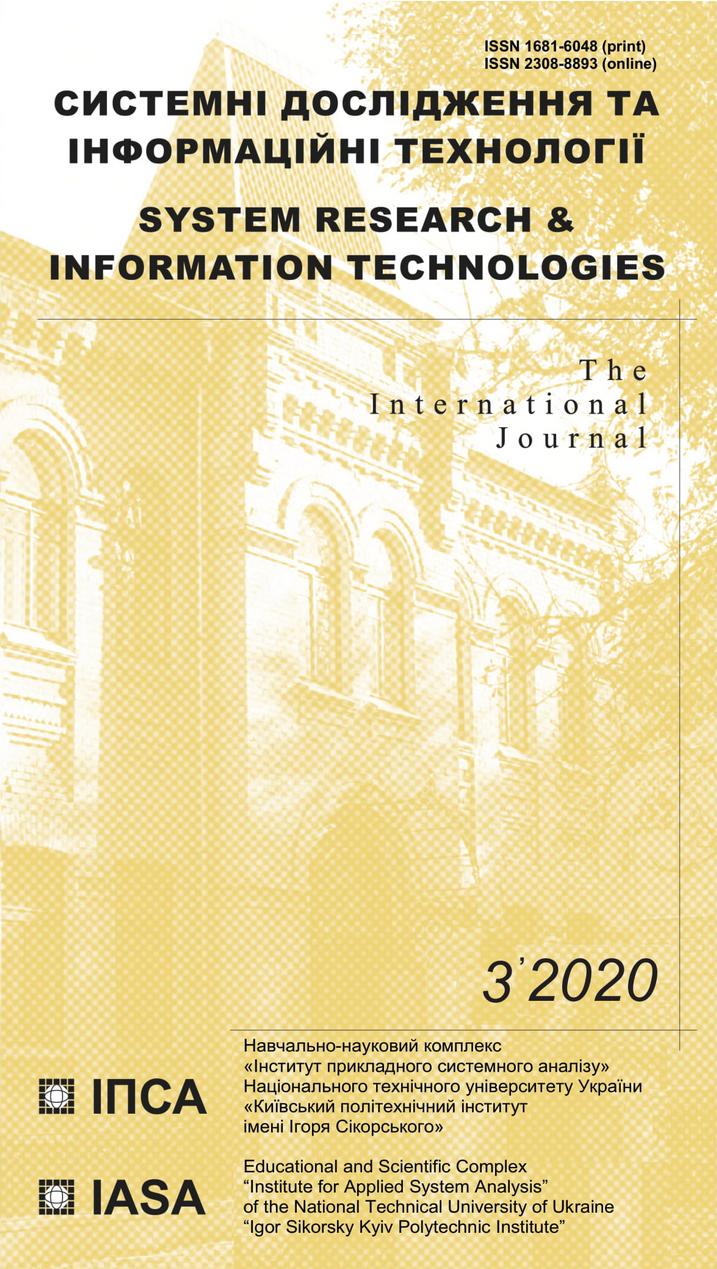Simulating the rotation of a black hole and antigravity
DOI:
https://doi.org/10.20535/SRIT.2308-8893.2020.3.09Keywords:
antigravity, curvature tensor, stress-energy tensor, Einstein’s field equationAbstract
In this article, we show that rotation of a black hole can create antigravity and anti-gravitational waves, given that there is a strong gravity in the black hole, which distorts time and space. At first, we derived the curvature tensors upon Einstein’s field equation, using spherical polar coordinates, and then calculated the coefficients of the curvature tensors to simulate the strength of each component of the tensors. It is assumed that the stress-energy tensor, which is located outside of the black hole, can reflect the strength of the gravitational field and the gravitational waves. As the result, we concluded that, if the time and space are distorted in the black hole, the rotation can create antigravity and the anti-gravitational waves. In addition, the result of the simulation shows that the antigravity positively contributes to the stress-energy tensor, which may expand the size of the Universe.References
Y. Matsuki, P.I. Bidyuk, “Analysis of negative flow of gravitational waves (Part 5)”, System Research & Information Technology, no. 4, pp. 7–18, 2019.
Y. Matsuki, P.I. Bidyuk, “Numerical Simulation of Gravitational Waves from a Black hole, using Curvature Tensors (Part 6)”, System Research & Information Technology, no.1, pp. 54–67, 2020.
P.A.M. Dirac, General Theory of Relativity, Florida University, A Wiley-Interscience Publication, John Wiley & Sons, New York, 1975, pp. 69 .
H. Goldstein, C.P. Poole, J.L. Safko, Classical Mechanics, 3rd Edition, published by Pearson Education, Inc., 2002, pp. 646; [especially Chapter 4 “The Kinematics of Rigid Body Motion”, pp.134–183, Chapter 7.11 “Introduction to the general theory of relativity”, pp. 324–328].

